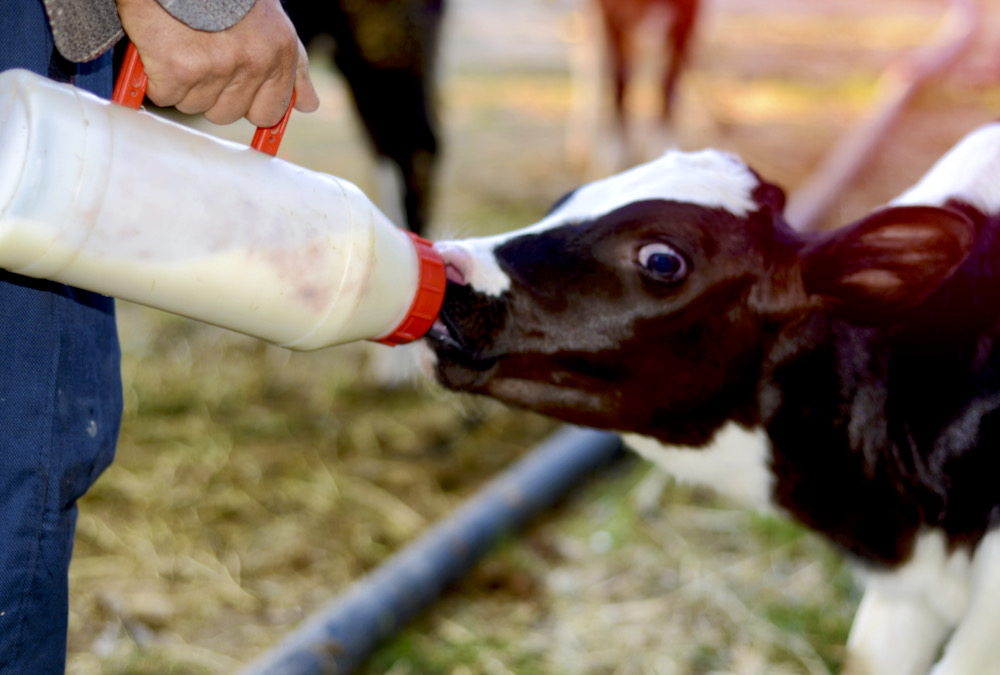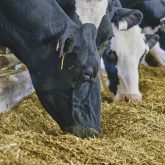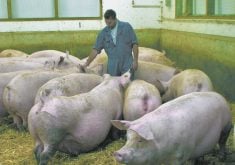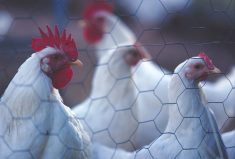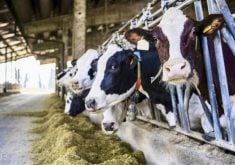A dairy nutritionist who reached out to farmers on social media wants to hear from farms not getting enough colostrum on first, second and third milkings. In an interview with Farmtario, Trouw Nutrition Canada’s Keith Schweitzer described it as a trend for fresh cows being “slow out of the gate” to ramp up production.
“There is lots of talk around the countryside about concerns with colostrum quantity… what’s your farm seeing?” Schweitzer asked in a recent Twitter post.
Why it matters: Adequate feedings of high-quality colostrum, which is packed with immunoglobulins and other health-promoting components, is crucial to the well-being of calves.
Read Also
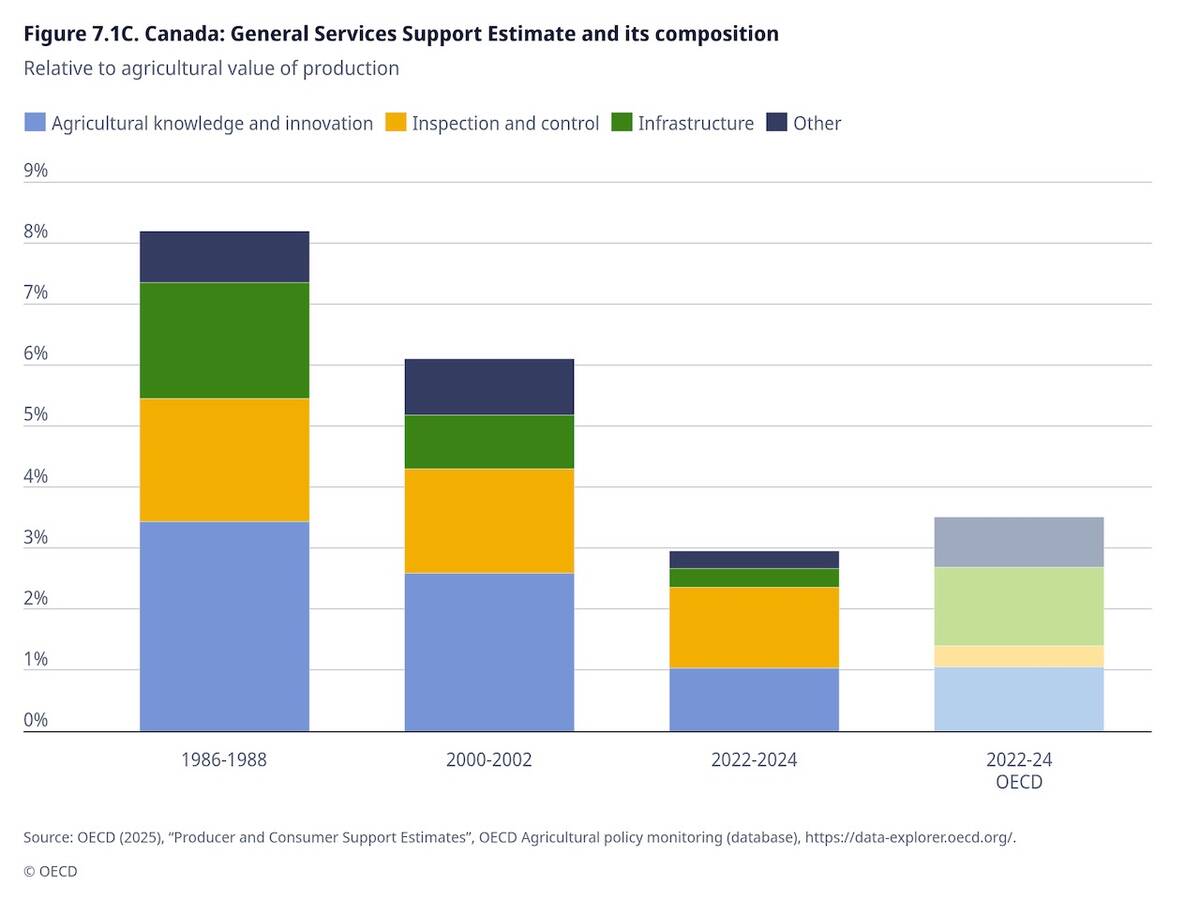
OECD lauds Canada’s low farm subsidies, criticizes supply management
The Organization for Economic Co-operation and Development lauded Canada’s low farm subsidies, criticized supply management in its global survey of farm support programs.
Schweitzer said he’s hearing from producers regularly that it would be nice to get six to eight litres from first milking to have some colostrum to feed the calf, and maybe even freeze some for future use, “but a lot of time, when I hear about it, there’s not even enough to feed the calf.”
Schweitzer said he’s heard about the issue on and off for about five years, but it has increased in the last two years to the point that “now, it’s something that I ask all the time.”
“It’s definitely not on every farm and there doesn’t seem to be any rhyme or reason.”
He said colostrum quantity is also a concern for his nutritionist colleagues in other areas of Canada and south of the border.
The online conversation initiated by Schweitzer raised concerns about the effect on colostrum quantity from high-straw dry-cow diets – including the negative DCAD (dietary cation-anion difference) rations currently being promoted in the industry.
“From field experience, it seems like (decreased colostrum volume) can be the case,” Dr. Trevor DeVries of the University of Guelph’s Department of Animal Biosciences, told Farmtario. “But it doesn’t have to be. The quality, however, is not affected, and in many cases is actually better.”
Speaking on behalf of the Guelph dairy team, he cautioned “our group has not specifically looked at this issue.” He told Farmtario he’s not aware of any North American research covering bovine colostrum quantity data.
Schweitzer agreed it’s unlikely a simple solution will be found for what his experience indicates is a complex challenge. One producer he works with had recently switched to a DCAD diet for up-close cows and the quantity of colostrum seemed to decrease over the short term. But then it recovered and actually got better than before.
Another farmer had problems from January to March and Schweitzer suggested adding corn to the ration to boost energy. The colostrum quantity problems eased and the farmer and nutritionist thought maybe they were on to something.
But then the supply of corn dwindled at that price and the decision was made to move away from a more costly source. When the farm stopped adding corn, colostrum quantity remained satisfactory. What seemed like a promising theory was then brought into question.
“Typically, when you get a problem, it presents itself in the same way,” Schweitzer commented. Not so this time.
Both DeVries and Schweitzer point to the University of Illinois’s Dr. Jim Drackley as a possible source for further insight. DeVries supplied Farmtario with slides from a 2017 presentation by Drackley in which he tackles “Does dry period nutrition affect colostrum quantity or yield?”
The most applicable research undertaken at that time had been in dry period nutrition for sheep. A 2008 study showed “deficiencies in protein and energy may decrease colostrum yield.” But Drackley noted the sheep in the study had been subjected to a low-input diet that would be very unlikely on any North American dairy farm.
His advice was that “controlled energy dry cow programs may limit colostrum yield if too low in energy or deficient in metabolizable protein.”
Perhaps most telling about Drackley’s presentation, however, was the very first slide. It reads: “Unfortunately, (there’s) a scarcity of data for cows.”
“There’s not much,” agreed Schweitzer. There was some recent work on a farm in Texas, he said, but that research focused on the Jersey breed, so Holstein and other breeders may not benefit from the knowledge gained.
“I’m trying to figure out a solution to it… I think it’s seasonal. It happens more in the winter.” But for Schweitzer, it’s difficult to get a good sample size for reliable research. In general, farmers aren’t interested in the type of comprehensive data-gathering that’s necessary for a research project.
“And that’s why I reached out (on social media) about it. I had wracked my brains enough.”




